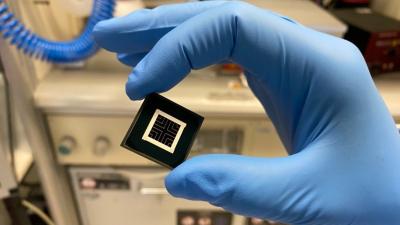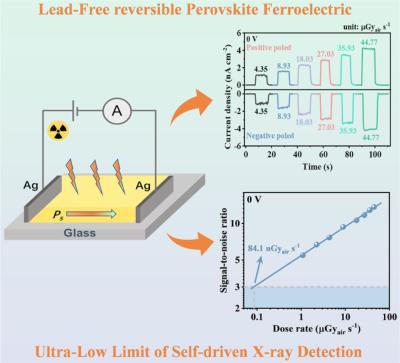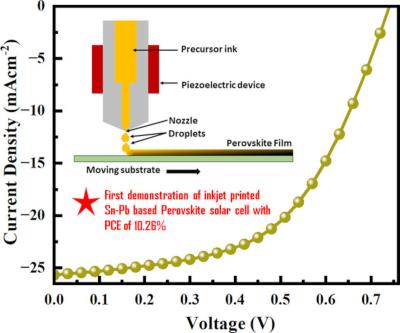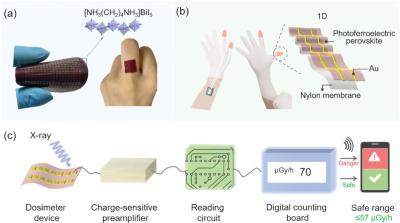Insights from Fraunhofer's Lighthouse project "MaNiTU" could advance perovskite-silicon tandem solar cells
Over the past five years, six Fraunhofer Institutes combined their expertise in the Fraunhofer lighthouse project "MaNiTU" to identify the most sustainable paths to market of perovskite-silicon tandem solar cells made of stable materials and manufactured using scalable production processes. They were able to show that high cell efficiencies can be achieved using industry-oriented processes, however, they found that such high efficiencies were only currently achievable with lead perovskite materials. Based on these findings, the researchers developed suitable recycling concepts to ensure sustainability.
In the "MaNiTU" project, the Fraunhofer researchers produced new materials with perovskite crystal structures and compared them with existing materials at the cell level. The comparisons showed that high efficiencies can only be achieved with lead perovskites. They then successfully fabricated highly efficient demonstrators, for example, a perovskite silicon tandem solar cell of more than 100 square centimeters with screen-printed metallization and produced mini modules for single and interconnected tandem solar cells. Subsequent life cycle analyses showed that by using suitable production and recycling processes and degradation rates comparable to today's silicon technology, it is feasible to make a sustainable product.










